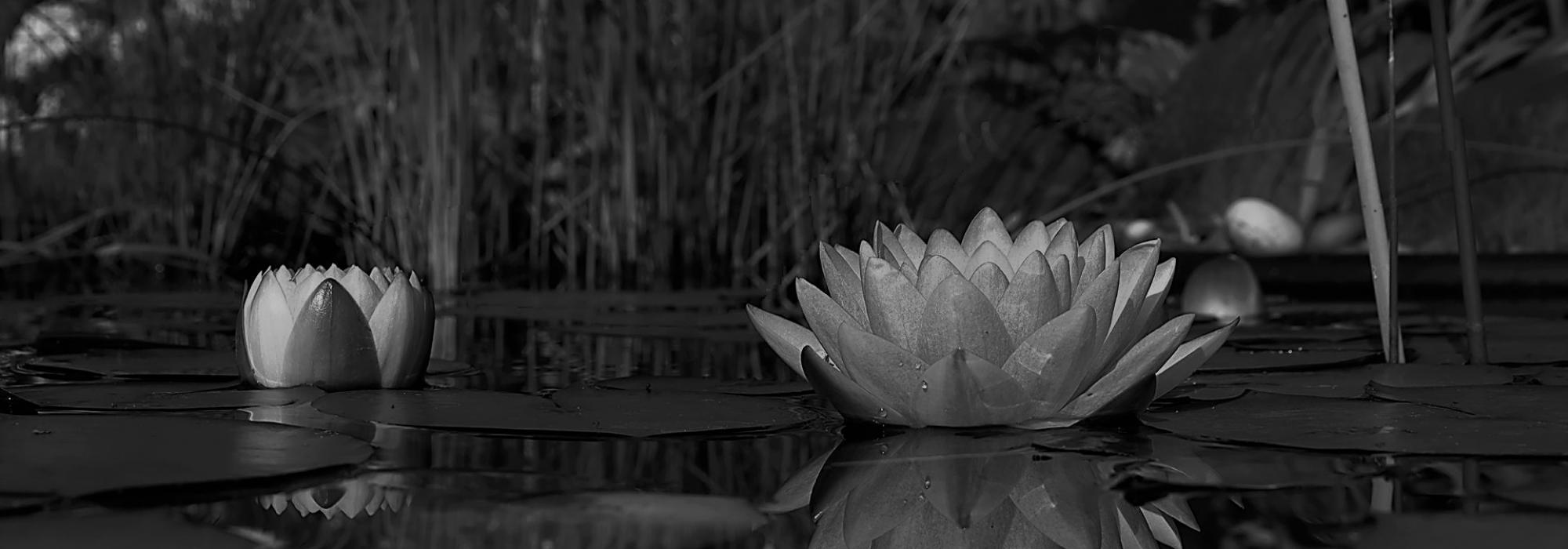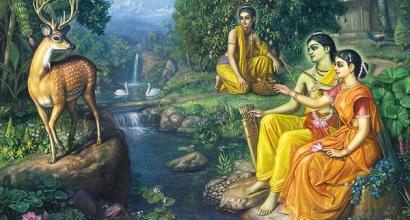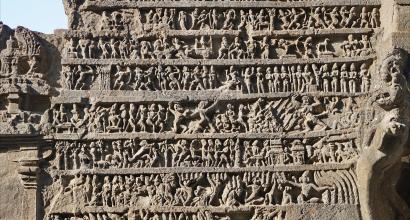Chalika, cillī, cillikā, cillī-karma, or cillī-mārga – Abhinava-gupta defines this as a kind of upa-rūpaka rooted in śuddha-nṛtta – pure, non-representational dance. This resembles ḍòmbi in its form and is, perhaps, another name of calika/chalika or chalitaka mentioned by Kālidāsa in Mālavikāgnimitram. Vātsyāyana also describes a similar form as a part of the list of sixty-four arts in his Kāma-sūtra. Chalika can be considered an ancestor of śṛṅgāra-rasābhinaya of pada and jāvaḻis that is in practice today – usually, vipralambha-śṛṅgāra is the dominant emotion and is an ekāhārya-nṛtya. Vātsyāyana also documents eka-pātrābhinaya (mono-acting) and vividha-vinoda-veṣa-dhāraṇa (fancy dress), which are simple theatrical activities. Abhinava-gupta’s definition more or less matches with these forms; it may also be said to be a stage activity meant to entertain and engage the lay. Rājaśekhara too describes many forms of dance that bear semblance to this.
Nāṭikā – Female characters dominate this genre of upa-rūpaka, which is designed to have four acts. The activities of the antaḥpura (harem) form the main theme of the play. The story usually depicts a romantic king who falls in love with a beautiful girl in his queen's harem; the girl is usually a princess, who is disguised as a dāsī, serving in the harem; the king, who is sacred of his queen, engages in secret rendezvous with his new love; the story ends on a happy note; kaiśikī-vṛtti dominates this play. Kālidāsa's Mālavikāgnimitram, though popularly classified as a nāṭaka, has all the features of a nāṭikā – it can be considered the first work of the genre.[1] Many plays have been modelled upon the Mālavikāgnimitram. Śrī-harṣa's Ratnāvalī and Priyadarśikā as well as Rājaśekhara's Viddha-śāla-bhañjikā are amongst the popular examples.
Toṭaka or troṭaka – This genre of upa-rūpaka usually consists of five to nine acts; the story is centred around divine or semi-divine characters and vidūṣaka comes as a part of every act; śṛṅgāra is the predominant emotion. Kālidāsa’s Vikramorvaśīyam is said to be the only available example for this genre. However, Vikramorvaśīyam does not seem to possess all the characteristics of a troṭaka. Moreover, none of the treatises appear to help us in adequately differentiating between nāṭaka and nāṭikā on one hand and troṭaka on the other; in other words, troṭaka is similar to nāṭaka and nāṭikā; thus, the existence of a separate genre called troṭaka is almost questionable, as clear definitions and examples are not available
Saṭṭaka or sāṭaka – This genre largely resembles nāṭikā in all of its features, except for the language; the drama is full of Prakrit only; the acts do not have praveśakas and viṣkambhakas. Rājaśekhara’s Karpūra-mañjarī is one of the popular examples of this genre.
Preṅkhaṇa – This genre of upa-rūpaka is devoid of sūtradhāra and arthopakṣepas. All vṛttis are presented in a single act and the story revolves around a nīca-nāyaka – an ignoble hero.
Śilpaka – This upa-rūpaka is presented in four acts and all four vṛttis can be effectively employed. The presentation is devoid of hāsya and śṛṅgāra rasas. A brāhmaṇa is the nāyaka and an ignoble person is the upa-nāyaka; śmaśāna (crematorium/ grave yard) are portrayed in the play as well.
Sāṃlāpaka – This upa-rūpaka is structured in three or four acts and has a pāṣaṇḍa (a kind of heretic) as the nāyaka; all rasas other than śṛṅgāra and karuṇa may occur in the play. The presentation is filled with wars, calamities, and difficulties; ārabhaṭī and sāttvatī vṛttis reign supreme.
Vilāsika – This is a special kind of play where all lāsyāṅgas can be creatively brough in. A vilāsikā consists of only one act – viṭa, vidūṣaka, and pīṭhamarda are the important characters and a nīca-nāyaka invariably comes as a part of the play. Though, less in variety, āhārya is exuberant in vilāsika.
Prakaraṇikā – The genre of the daśa-rūpaka called the prakaraṇa seems to metamorphose into prakaraṇikā by the usage of Prakrit throughout the play. No aesthetician has thrown much light on this genre. This is, perhaps, a deśī form of the mārga-prakaraṇa.
Mallikā – This largely resembles durmilikā (also called durmīlikā). The story stretches into one or two acts. Kaiśikī-vṛtti plays a dominant role and is expressed through music and dance. Viṭa and vidūṣaka form the primary characters.
Kalpavallī – Śṛṅgāra-rasa dominates this presentation. The play is centred around an udātta-nāyaka and may have the character of a pīṭhamardaka as well. The nāyikā is a vāsakasajjikā or an abhisārikā. The play provides immense opportunity for the play of rhythm to accompany lāsya. Kalpavallī appears to be a beautiful nṛtya-prabandha.
Pārijātaka – Vīra-rasa is the undercurrent of this genre of play, where the deeds of a deva or a kṣatriya are delineated. Kalahāntaritā and other kinds of nāyikās are presented along with references to prostitutes. Daṇḍa-rāsaka and other forms of dance may accompany the presentation
The discussion so far was been based on nāṭyaśāstric treatises. Authors including Bharata, Abhinava-gupta, Bhoja, Dhanañjaya, Śāradā-tanaya, Viśvanātha, Rāmacandra-Guṇacandra, Siṃha-bhūpāla, and Sāgara-nandī have been referred to.[2] Treatises on saṅgīta[3] composed after the times of Śārṅgadeva (12th – 13th Century CE) also contain many details connected with theatrical presentations. As mentioned earlier in the essay, most of these are, in fact, compositions and choreographies of dance. Let us know take a brief look at their forms and varieties. It will help us understand the interrelation between the daśa-rūpakas, upa-rūpakas, and the nṛtya-nṛtta prabandhas. We shall also examine if these genres can be adequately distinguished from one another.
To be continued...
This series of articles is authored by Shatavadhani Dr. R Ganesh and have been rendered into English with additional material and footnotes by Arjun Bharadwaj. The article first appeared in the second edition of the anthology Prekṣaṇīyaṃ, published by the Prekshaa Pratishtana in December 2022.
[1] In the paper ‘Mālavikāgnimitra – A nāṭikā?’ Śatāvadhānī Dr. R. Ganesh undertakes a detailed study of nāṭikā; he has established that the play is a nāṭikā not just in essence but also in its structure. The paper was published in the quarterly journal of Mythic Society, Bangalore in 1988
[2] Original works have been consulted by Śatāvadhānī Dr. R Ganesh and verified in parallel with experience. In addition, the works of Dr. V Raghavan have been extremely helpful. Those interested in detailed study may find it worthwhile to go through the following works of Dr. V Raghavan – Sanskrit Drama: Its Aesthetics and Production, and Splendours of Indian Dance
[3] Here, the term saṅgīta refers to vocal music (with lyrics), instrumental music, and dance; both representational and non-representational forms of dance are included. Thus, treatises on saṅgīta-śāstra contain chapters on all these forms of art.
















































